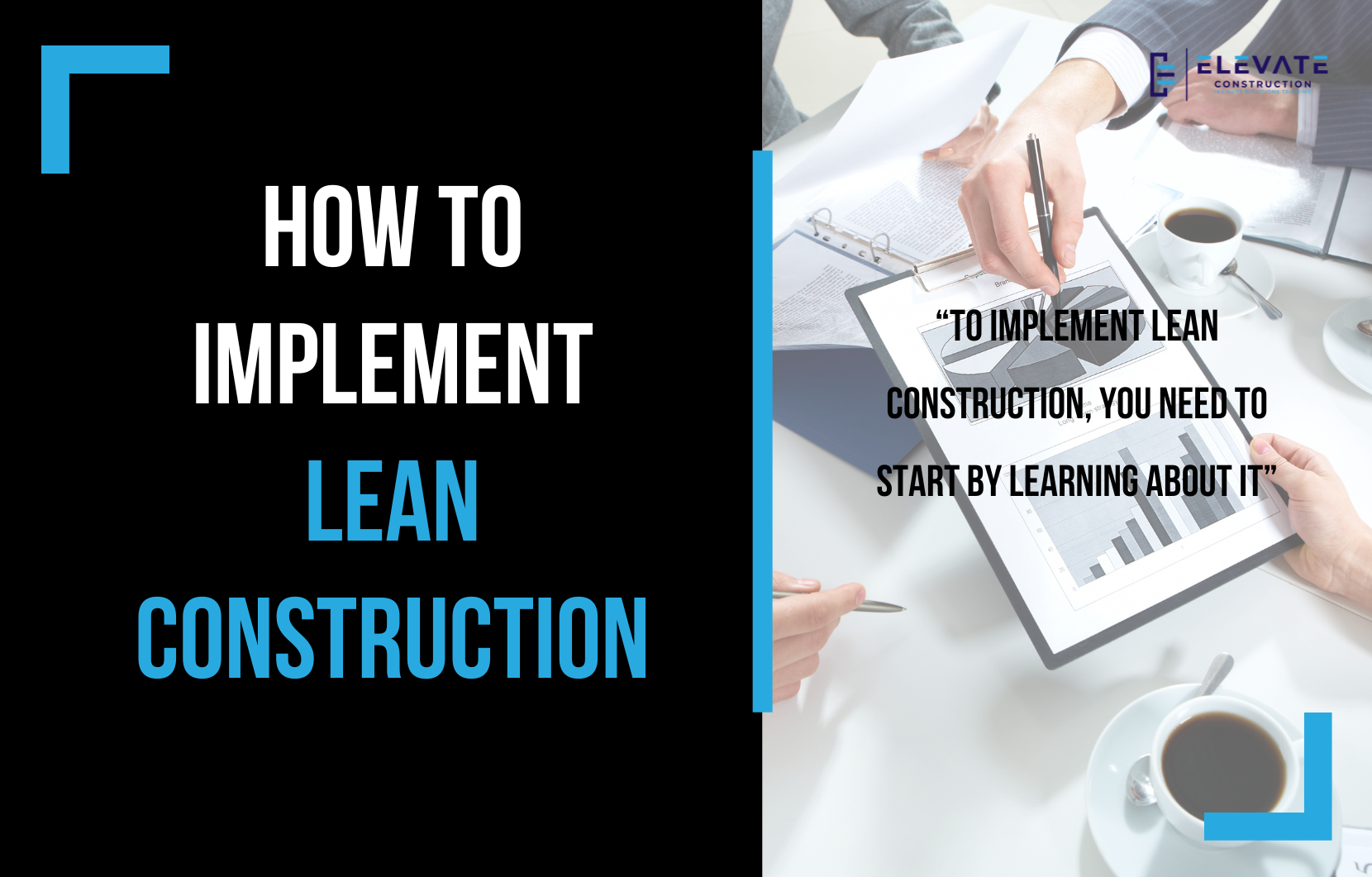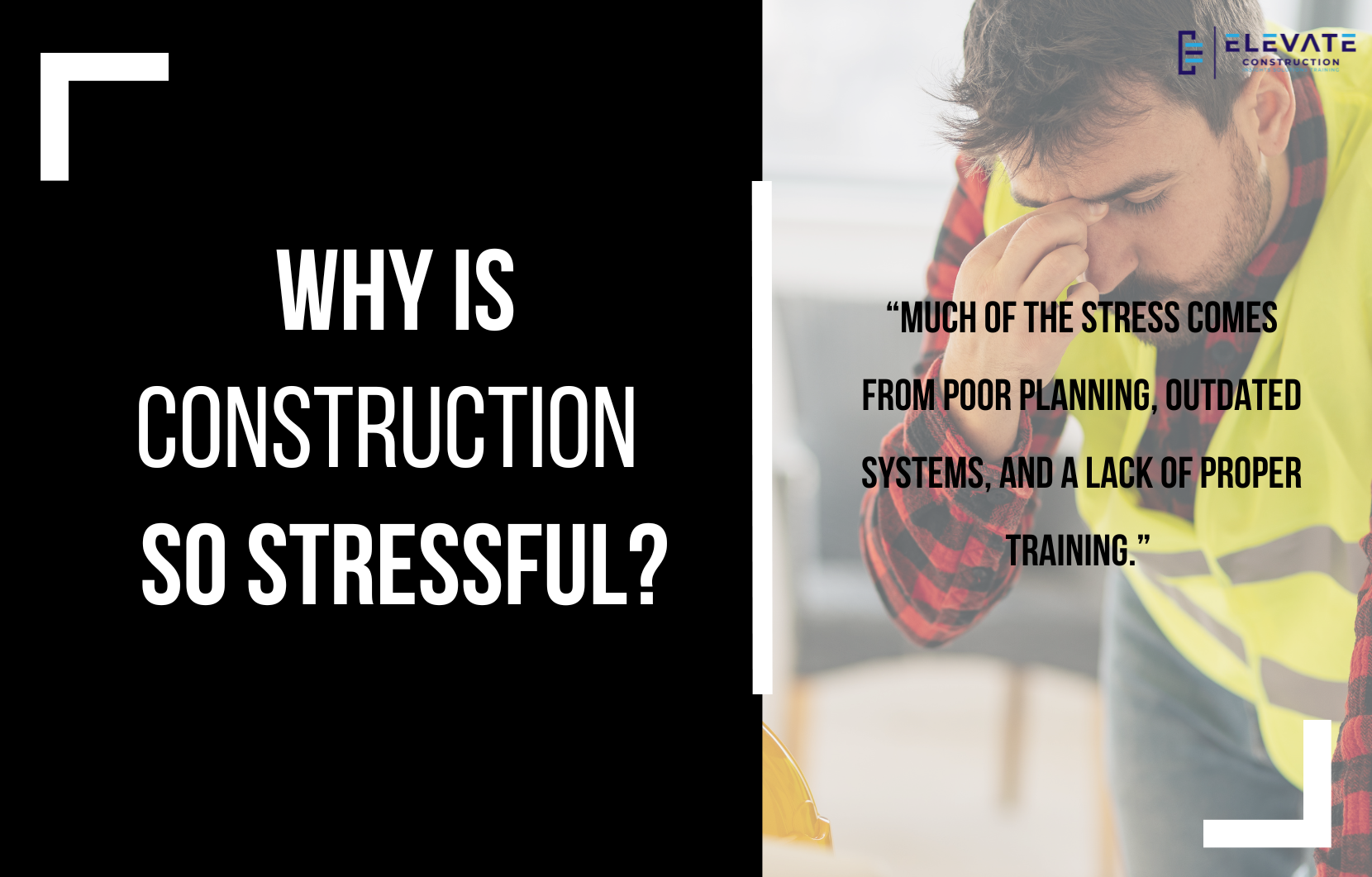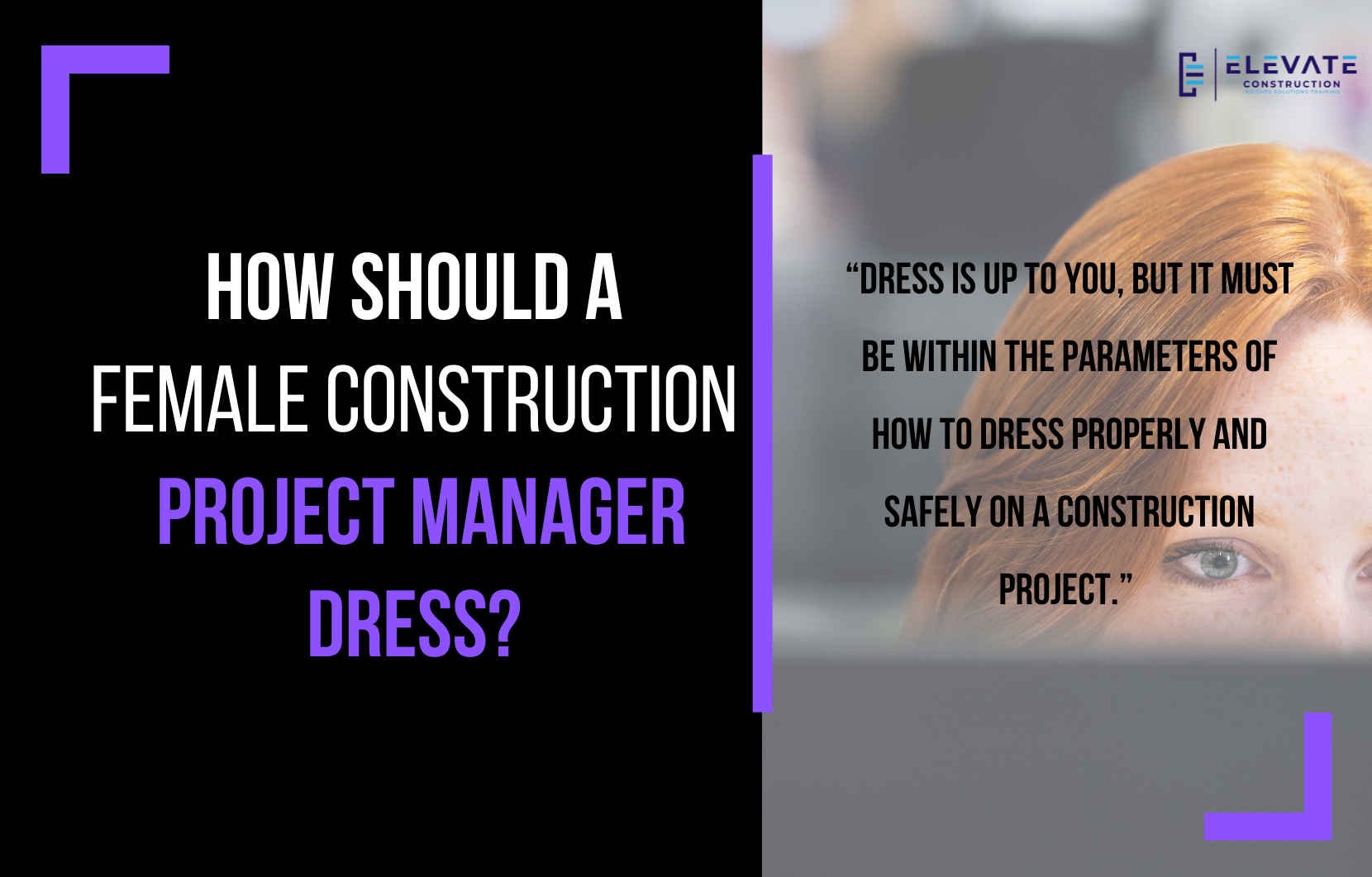Are you constantly running from one fire to another? This blog post is for you. We’re going to share with you four essential actions to kick off your day on the right foot. These are the key things you need to feel satisfied before you finish your day, and the things you can’t forget, because if you do, you’ll end up right back in that rat race. Let’s get started.
4 Key Things to Start Your Day Right
When you’re setting up your day, it’s crucial to start it off right. There’s quite a bit of research that goes into this, so let me give you four key actions to really set your day off on the right track.
1. Spend Five Minutes in the Sunlight
Start your day by spending five minutes in the sunlight, if possible. Get up, think of something you’re grateful for, stand up, go to the window, or step outside. This simple act will get your day started off right by providing the biochemical boost your body needs.
2. Breathe Deeply
In the description below, we’ll link you to a graphic that will help you with a breathing routine to use every morning. Whether you use the box breathing method (inhale for 5 seconds, hold for 5 seconds, exhale for 5 seconds, hold for 5 seconds) or another breathing method, aim to take at least 10 to 25 deep breaths. This practice will get your lungs working, make you more alert, and help you start your day effectively.
3. Practice Self-Love
This might sound a bit silly, but it makes a significant difference. Go to the mirror and tell yourself, “I love you.” Do this once or multiple times. This practice will wire you into a mindset where you can win the day with self-gratitude and comfort in your own skin.
4. Challenge Yourself
Do something that challenges you each morning. For example, if you typically brush your teeth with your right hand, try using your left hand. Switch up your routines to keep your mind sharp and prevent falling into a monotonous cycle. Challenging yourself helps you stay aware, connected, balanced, and intellectually stimulated.
How to Plan Your Day
Now that we’ve covered the essentials to start your day, let’s discuss how to plan it effectively.
Use a To-Do List
Every professional should have a to-do list. This list helps you get everything out of your head and onto paper, making it easier to remember key tasks.
Implement Leader Standard Work
Your Leader Standard Work should include the tasks you need to accomplish daily or weekly to take care of yourself, your family, and your leadership role.
Live in Day-Tight Compartments
Plan your day by pulling key tasks from your Leader Standard Work and time-blocking them. Fill the rest of your time with to-do list items and buffers. This method helps you stay focused and allows for flexibility in your schedule.
Practice One-Piece Flow
Work on tasks in a focused manner, reducing distractions to accomplish work more efficiently. This approach helps you complete tasks in a shorter amount of time due to increased focus.
How to Practice Box Breathing
Box breathing is a method to calm your mind and body. Inhale for 5 seconds, hold for 5 seconds, exhale for 5 seconds, and hold again for 5 seconds. Repeat this process 3 to 5 times. This practice helps regulate your heart rate, focus your mind, and prepare you for the day. During this process, place your hand over your heart and think about something you’re grateful for, something you want to give to others, and something you want to let go of.
How to Feel Successful Throughout the Day
1. Include Energizing Activities
Ensure your day includes activities that give you energy and make you feel proud. Avoid overloading your schedule with tasks that drain you. Plan your day with buffers and impactful activities.
2. Prioritize Urgent and Important Tasks
Focus on tasks that are urgent and important, and that only you can do. This ensures you’re addressing the most critical tasks first.
3. Plan Buffers Throughout Your Day
Plan at least 40% of your day as buffers. These buffers help you handle distractions, take breaks, and manage tasks that take longer than expected. This approach prevents you from feeling rushed and allows you to absorb unexpected events.
4. Work in One-Piece Flow
Focus on one task at a time to accomplish work more efficiently. Reduce distractions and stay present in your work.
Five Key Things to Make the Most of Your Day
- Work Without Distraction: Find a place where you can focus without interruptions. Whether it’s a quiet office, a dedicated workspace at home, or a peaceful outdoor spot, eliminate distractions to maximize productivity.
- Schedule Thinking Time: Allocate time for problem-solving and creative thinking. This is when you’ll generate your best ideas and make significant progress.
- Take Breaks: Regular breaks are essential for maintaining energy and focus. Follow the example of military studies that show the importance of taking breaks to sustain performance.
- Connect with Others: Human connection is vital for happiness and engagement. Take time to interact with your team and build meaningful relationships.
- Feel Like You’re Winning: Ensure your day includes activities that make you feel accomplished. Avoid overloading your schedule and focus on tasks that give you a sense of achievement.
Learn More with These Resources
As a free gift, we’re providing a complete outline of how you can make the most of your day in the form of a blog post. Try implementing these steps for at least 60 days and see the positive impact on your daily routine. We hope you enjoy these tips and look forward to hearing about your success. On we go!
If you want to learn more we have:
-Takt Virtual Training: (Click here)
-Check out our Youtube channel for more info: (Click here)
-Listen to the Elevate Construction podcast: (Click here)
-Check out our training programs and certifications: (Click here)
-The Takt Book: (Click here)
Discover Jason’s Expertise:
Meet Jason Schroeder, the driving force behind Elevate Construction IST. As the company’s owner and principal consultant, he’s dedicated to taking construction to new heights. With a wealth of industry experience, he’s crafted the Field Engineer Boot Camp and Superintendent Boot Camp – intensive training programs engineered to cultivate top-tier leaders capable of steering their teams towards success. Jason’s vision? To expand his training initiatives across the nation, empowering construction firms to soar to unprecedented levels of excellence.
On we go!











